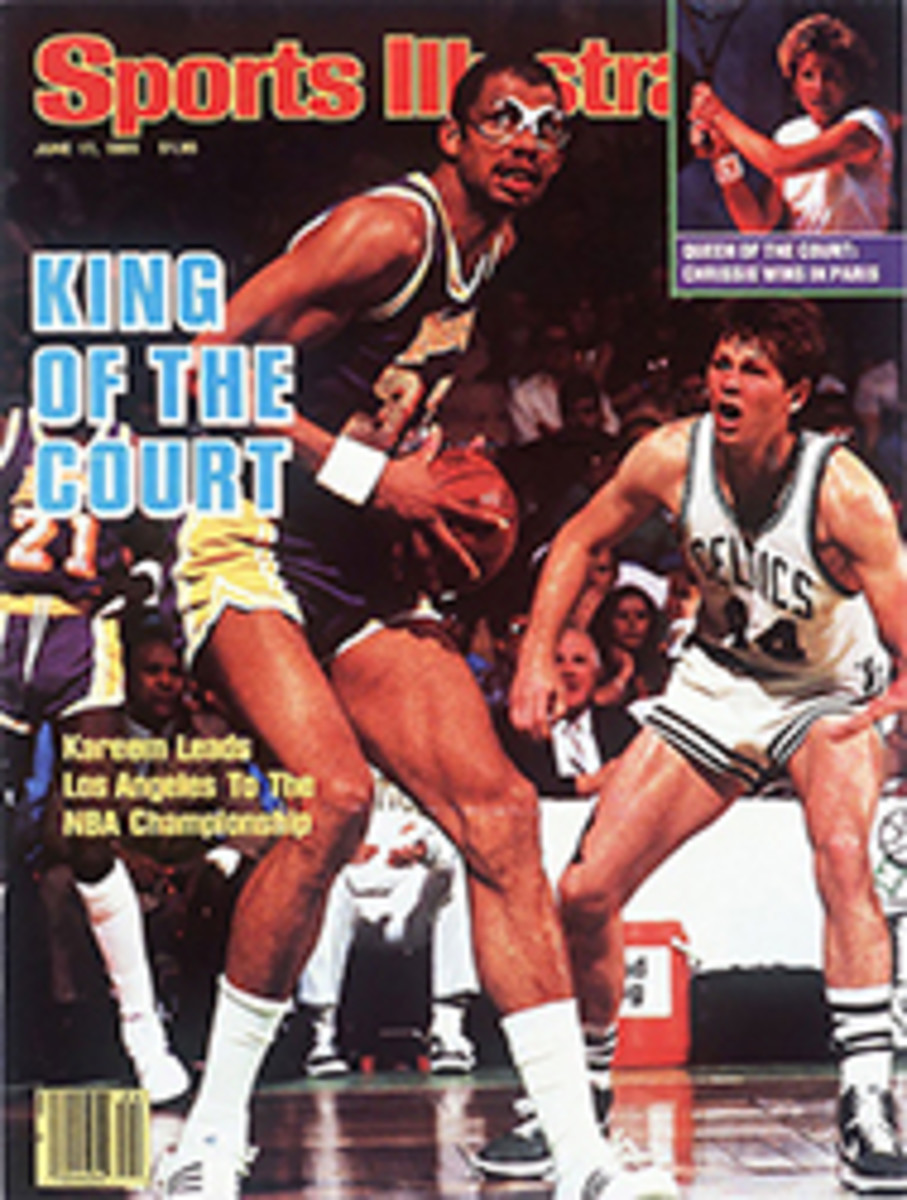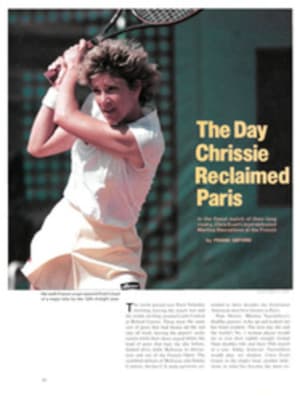
THE COVER OF THIS BOOK PROMISES A LOT MORE THAN THE AUTHOR DELIVERS
Early in 1979, The Toronto Star hired Alison Gordon to cover the Blue Jays. She quit after the 1983 season, and now she wants to tell you about her experiences. The title of her book is Foul Ball! Five Years in the American League: A Baseball Writer Tells All (Dodd, Mead & Co., $14.95). The title runs from top to bottom of the cover, and on the left is a photograph of a young woman in open-toed sandals, leaning on a baseball bat—Gordon, one assumes. Another fair assumption is that Ms. Gordon's picture appears on the cover to make sure you understand that it's a woman who's going to "tell all."
The come-on is clear: Here is a tell-all about a woman writer's five years in close company with virile, macho athletes—on road trips and in locker rooms and bars. Actually, the come-on has little to do with the contents of the book; Gordon herself complains that six years ago all people "wanted to know was whether I saw lots of naked men." As it happens, Gordon doesn't take you into the locker room until page 118; once you get there, the only item likely to interest you concerns Reggie Jackson. One of the reasons Gordon doesn't care for him is that "the minute a woman reporter hove into view, Jackson would be the first to strip and the last to dress; and he did everything he could to draw attention to himself."
Much of the rest of the book, sadly, is dull, has been done better elsewhere or is clearly intended to expand Gordon's observations to book length. The first chapter seems to have been written for a group of kindergarten children who have never seen a baseball game. "Many players...arrive early on game days.... They play cards in the clubhouse.... [The pitcher] uses every bit of muscle and talent and brain he has to throw a ball harder.... His enemy stands next to the plate with a stick in his hand...trying to hit the ball.... Sometimes the confrontation is classic...." A whole chapter is devoted to descriptions of all the AL ball parks—when each was built, its capacity, its mascot, the condition of the press box and the press box elevator (if any), etc. There are quick looks at spring training, the minors, winter ball—all of it predictable. The last two chapters are a history of the Toronto franchise that belongs in a Blue Jay souvenir booklet for season-ticket buyers; even they shouldn't have to pay for it.
The saddest part of all this is that some (female as well as male) readers will put down the book convinced that women should never have been allowed into baseball's press boxes, let alone the locker rooms. In fact, there are many first-rate women reporters covering sports beats today for newspapers and magazines. For all I know—I don't read Toronto papers—Gordon may have been one of them. Not on the evidence of this book, however.

